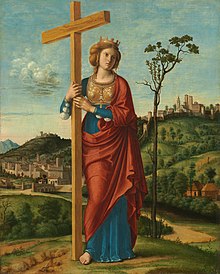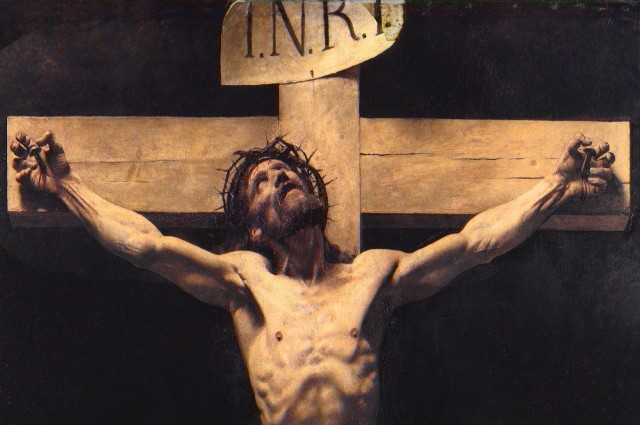During the Medieval period, relics held great significance in Europe, with bones or pieces of clothing associated with saints and apostles, Jesus, drawing pilgrims from all corners.
This led to a race among churches across the continent to acquire relics, even passing off fake ones as authentic. The most sought-after relics were those linked to Jesus Christ, particularly fragments of the cross on which he was crucified.
Legend has it that the True Cross was found by Helena Augusta, mother of Roman Emperor Constantine, at the Holy Sepulchre – the hill where Jesus was crucified with Gestas and Dismas, two criminals.
According to the historian Socrates Scholasticus, Helena had the pagan temple occupying the site destroyed and the hill excavated, revealing three crosses, the nails used to secure Jesus to the cross, and the “Titulus Crucis” signifying “Jesus the Nazarene King of the Jews.” A terminally ill woman was healed upon touching the cross that had borne Christ, and Helena believed it to be the True Cross.

cc; Wikipedia
The bulk of the cross was taken to Constantinople, and after the city’s sacking during the Fourth Crusade in 1204, it was broken into pieces and distributed throughout Europe. There were so many churches claiming to have a piece of the True Cross that theologian John Calvin stated that they could construct a boat if all the pieces were put together. However, this skepticism was countered by the belief that the blood of Christ made the cross indestructible and that it could be divided infinitely and remain undiminished.
To maintain the profitable relic trade and attract pilgrims, churches encased many supposed pieces of the True Cross in precious metal boxes embellished with jewels and placed them in specially-built “reliquaries,” along with other relics, such as the bones of saints, parts of the nails used in the Crucifixion, and even the baby teeth of Christ. These reliquaries became focal points for worshippers, and religious veneration ceremonies were established, such as the Feast of the Finding of the Cross celebrated by Roman Catholics until 1960.

While most supposed pieces of the True Cross were lost due to religious and secular turmoil over the centuries, several fragments are still in existence, including some of the largest in St. Peter’s Basilica in Rome and Notre-Dame Cathedral in Paris. The Cappella delle Reliquie of the Sante Croce in Gerusalemme church in Rome holds three small pieces of the True Cross, two thorns from the Crown of Thorns, a part of a nail used during the Crucifixion, and a piece of the Titulus Crucis.

The Chancellor of the Kingdom of Jerusalem gave a piece of the True Cross to the Scuola Grande di San Giovanni Evangelista in Venice in 1369, which is said to have produced a miracle. Other places that claim to have a piece of the True Cross include the Moskva, a Russian cruiser that sank in the Black Sea during the 2020 Russia-Ukraine War.
